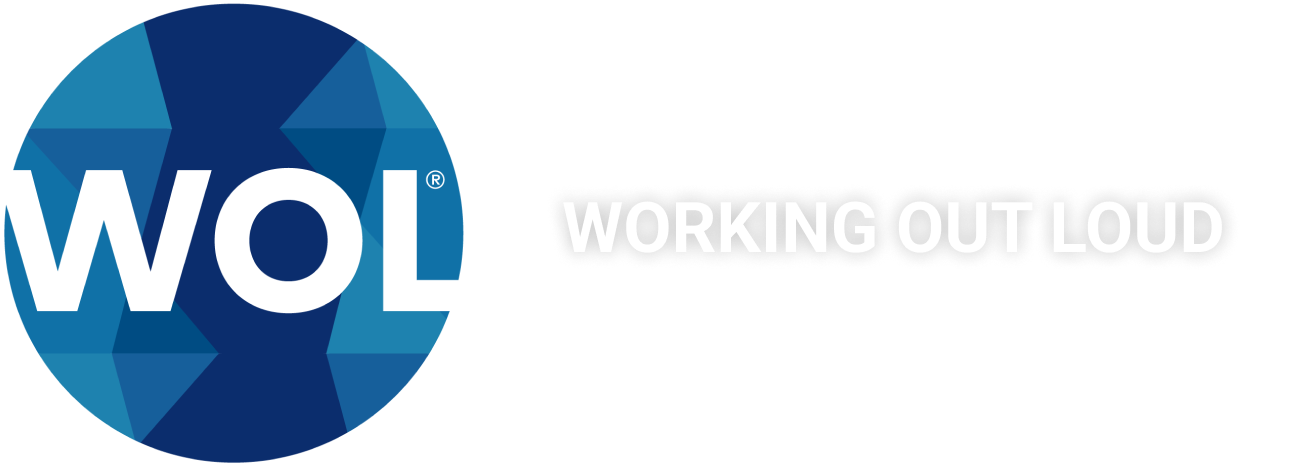“What profound treasures are hidden”
The original phrase is in German: “Und welche profunden Schätze sich verbergen.” LinkedIn’s translate button renders it beautifully as, “What profound treasures are hidden.”
The author is Sebastian Arens, an HR Business partner at Deutsche Telekom, writing about a certain kind of intentional curiosity, a kind of purposeful discovery. His beautiful phrase inspired me to start writing again after a too-long hiatus.
Hidden knowledge
Sebastian was referring to all the knowledge and other resources that most employees never see, never even know exist. Valuable assets, he wrote, ”are hidden behind organizational charts and screens,” he wrote, “you ‘only’ have to lift them.”
He referenced the oft-quoted maxim of the former HP CEO, Lew Platt: “If only HP knew what HP knows, we would be three-times more productive.” But Lew Platt said that thirty years ago, and most treasures remain buried.
Sebastian is trying to change that, both in his work at Telekom and now by organizing cross-company Working Out Loud Circles. His goal? Another beautiful phrase:
“Give employees space and time for development, and thus give them wings.”
Hidden sources of support and belonging
A few days later, I came across another kind of purposeful discovery and more poignant quotes. Anne Schreiber, a “change-agent for network-based collaboration” at SMA Solar Technology, is part of a team that using WOL to bring people together in social learning groups. They just completed their latest round, with colleagues from 11 countries, mixed in terms of country, function, hierarchy and gender.
The hidden treasures they found weren’t just related to knowledge but to human connection. While they developed skills, they developed trust and a deeper understanding of each other.
"The most beautiful moment is when you find your Circle member has the same feeling/understanding although we come from different countries with different cultures.”
“[I discovered] that we are all people with good intent and part of the SMA family. Good to see and feel this.”
When she started, Anne wasn’t sure it would work, “whether an international programme would have the same positive effect as our German pilot.”
“But again, the WOL method brought people together, strengthened mutual understanding, and fostered their sense of belonging”
What are you looking for?
In Strangers to Ourselves, Timothy Wilson calculated that, “we take in 11,000,000 pieces of information a second, but can process only 40 of them consciously.” Our reality, then, is defined by what we pay attention to.
On any given day, in any given workplace, you can find things to feel bad about and things to celebrate. How much you find of each depends largely on what you’re looking for.
Part of what I hope Working Out Loud brings to the workplace (and to the world) is a more generous, human approach where we appeal to the better angels of our nature, where we actively seek out, connect, and grow the positive potential of our work and each other.
As Anne wrote in the comments on her post, your intentional curiosity can enable you to discover resources and relationships that make work better—for you and for the company.
“Through WOL I have found a broad network for my business and personal heart topics but also deep friendships that already last for several years.”


